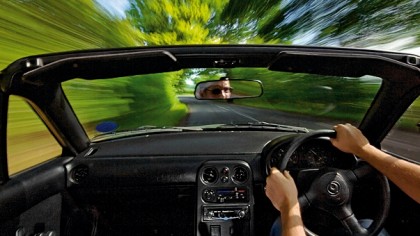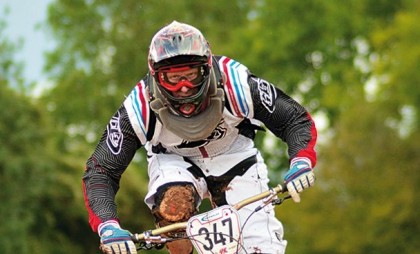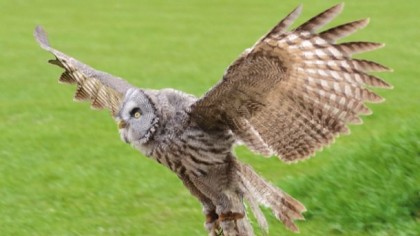How to avoid common mistakes at every shutter speed
From zoom blur to freezing the action, get great results every time

At a basic level, shutter speed is used to control exposure, but it can also be used as a creative tool that freezes action or adds dramatic blur to moving subjects. However, whenever we venture outside our comfort zone, this is where we encounter problems.
That's not to say we shouldn't do it. All famous photographers will tell you they wouldn't have achieved anything without leaving their comfort zone.

So in this tutorial we'll explain some of the common mistakes you might encounter while trying to achieve the five classic shutter speed effects of freezing movement, blurring action, using blur creatively, long exposures and night photography.
After we look at some of the common problems within these shutter speed ranges, we'll suggest the best shutter speeds for you to use to achieve these effects and offer our best tips for overcoming these errors.
If there are any we've missed, please do let us know in the comments. We'd love to hear from you!
SEE MORE: Shutter speed in photography: how to capture anything that moves!
Freeze Movement - 1/250sec and faster

Static-looking shots
With all the movement frozen, fast shutter speed shots can look too static. You can try tilting the camera for a more dynamic photo composition, but the best option is usually to use a panning technique.
Sign up for breaking news, reviews, opinion, top tech deals, and more.
SEE MORE: The Exposure Triangle: aperture, shutter speed and ISO explained

Blurred shots
If you have unwanted blur, then the subject was either out of focus, or it was moving too fast for the shutter speed.
Check that the subject hasn't moved from your AF point. If the blur is down to subject movement, you'll need a faster shutter speed.
Suggested shutter speeds for freezing action
- Fast-moving cars, motorbikes or animals: 1/1000sec
- Mountain bikes: 1/500sec
- Waves: 1/250sec
What you can do
Shooting as many frames as possible isn't always the best approach. Instead, try to shoot in short bursts when the action is at its peak.
This provides the best chance of capturing the best images, while allowing the camera enough time to write the images to your memory card without locking up.
SEE MORE: 10 things photographers can do to stop wasting pictures
Blur Action - 1/15sec to 1/250sec

Too much movement
If everything is blurred in your shot, try using a faster shutter speed that will capture the subject sharply.
If this freezes all the action then the subject isn't staying in the same position in the frame. This is where your new panning techniques come into play.
SEE MORE: How does shutter speed work? A quick beginner's guide

Not enough movement
If there isn't enough blur in the background you need to use a slower shutter speed, otherwise your moving subject will look static.
If your shooting situation allows, you should try to alter the speed in small steps so that you can still get the main subject sharp.
Suggested shutter speeds for panning
- Fast-moving cars, motorbikes or birds: 1/125sec
- Mountain bikes close to the camera: 1/60sec
- Mountain bikes, moving animals or running people: 1/30sec
What you can do
Using a burst of flash is a great way of ensuring that your subject is sharp when shooting subjects such as cycling and motocross.
It's only useful when you can get close to the subject, though, so don't expect it to make a difference to subjects such as motor racing if you're a long way from the action.
SEE MORE: Best shutter speeds for every situation (free photography cheat sheet)
Creative Blur - 1/15sec to 1sec

Over-exposure
At slow shutter speeds, it's easy for areas subject to large amounts of movement, such as the sea, to create over- exposure.
Take a test shot at the suggested settings and take a look at the histogram (or highlight warning) display to make sure the highlights are correctly exposed.
Suggested shutter speeds for blurred motion
- Fast-flowing waterfall: 1/8sec
- People walking close to the camera, or waves and slow-moving water: 1/4 sec
What you can do
In bright conditions you may find it difficult to get your shutter speed below 1/8 sec, even using the smallest aperture and lowest ISO settings.